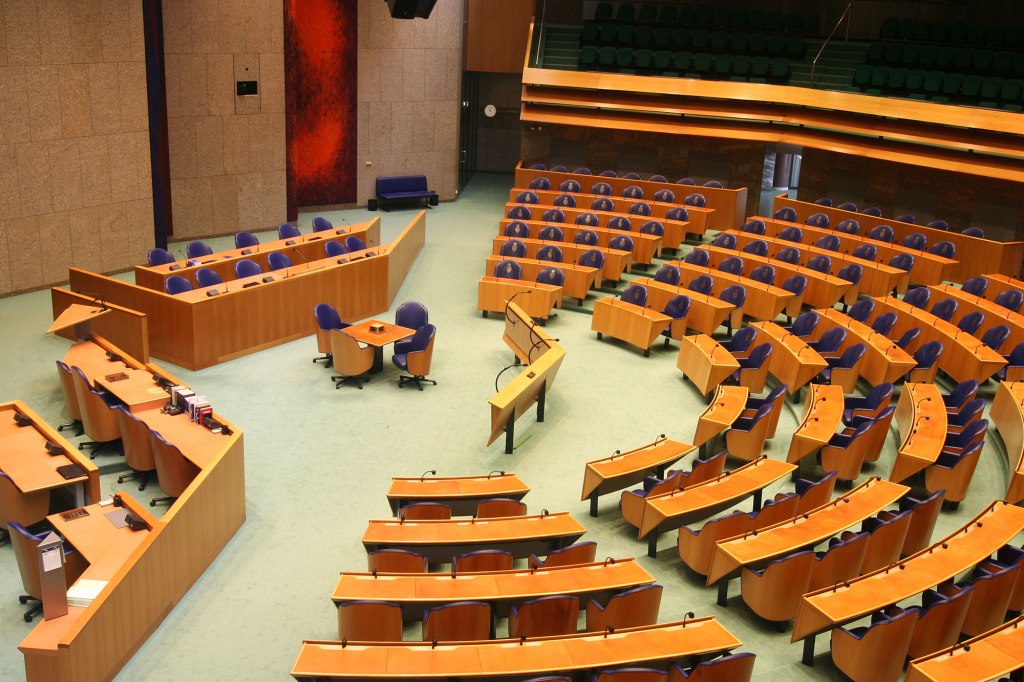Dutch government collapses over immigration policy
The Dutch government collapsed on Friday after failing to reach a deal on restricting immigration, which will trigger new elections in the fall.
The crisis was triggered by a push by Prime Minister Mark Rutte’s conservative VVD party to limit the flow of asylum seekers to the Netherlands, which two of his four-party government coalition refused to support.
“It’s no secret that the coalition partners have differing opinions about immigration policy. Today we unfortunately have to conclude that those differences have become insurmountable. Therefore I will tender the resignation of the entire cabinet to the king,” Rutte said in a televised news conference.
Tensions came to a head this week, when Rutte demanded support for a proposal to limit entrance of children of war refugees who are already in the Netherlands and to make families wait at least two years before they can be united.
This latest proposal went too far for the small Christian Union and liberal D66, causing a stalemate.
Rutte’s coalition will stay on as a caretaker government until a new administration is formed after new elections, a process which in the fractured Dutch political landscape usually takes months.

News agency ANP, citing the national elections committee, said elections would not be held before mid-November.
A caretaker government cannot decide on new policies, but Rutte said it would not affect the country’s support for Ukraine.
The Netherlands already has a one of Europe’s toughest immigration policies but under the pressure of right-wing parties, Rutte had for months been trying to seek ways to further reduce the inflow of asylum seekers.
Asylum applications in the Netherlands jumped by a third last year to over 46,000, and the government has projected they could increase to more than 70,000 this year – topping the previous high of 2015.

This will again put a strain on the country’s asylum facilities, where for months last year hundreds of refugees at a time were forced to sleep in the rough with little or no access to drinking water, sanitary facilities or health care.
Rutte last year said he felt “ashamed” of the problems, after humanitarian group Medecins sans Frontieres sent in a team to the Netherlands for the first time ever, to assist with migrants’ medical needs at the centre for processing asylum requests.
He promised to improve conditions at the facilities, mainly by reducing the number of refugees that reach the Netherlands. But he failed to win the backing of coalition partners who felt his policies went too far.
Rutte, 56, is the longest-serving government leader in Dutch history and the most senior in the EU after Hungary’s Viktor Orban. He is expected to lead his VVD party again at the next elections.
Rutte’s current coalition, which came to power in January 2022, was his fourth consecutive administration since he became prime minister in October 2010.
Read the full article Here


